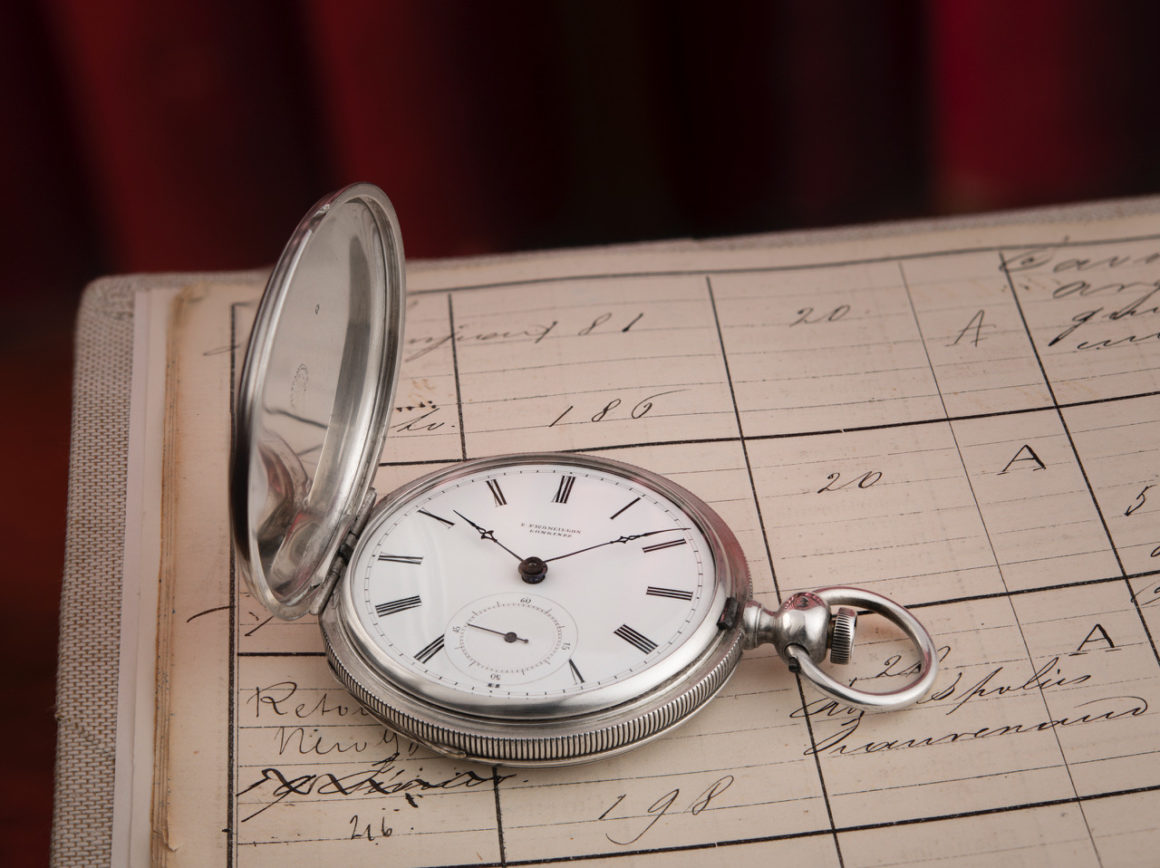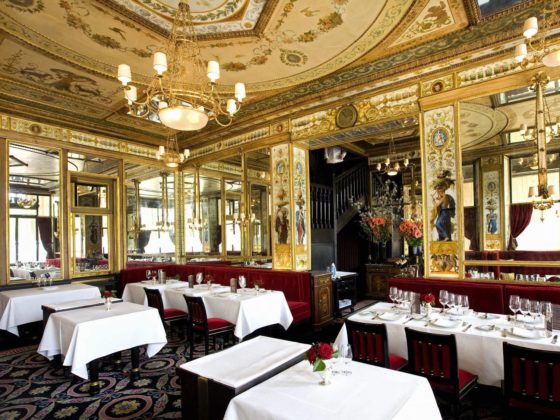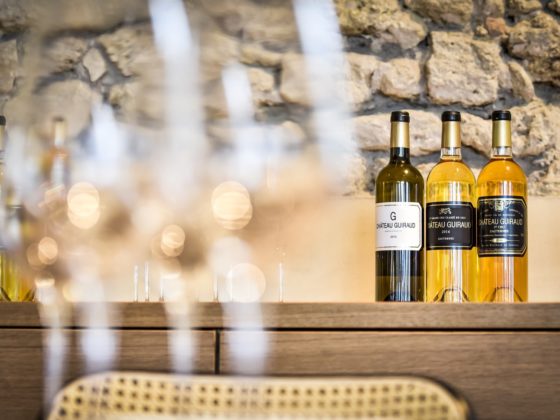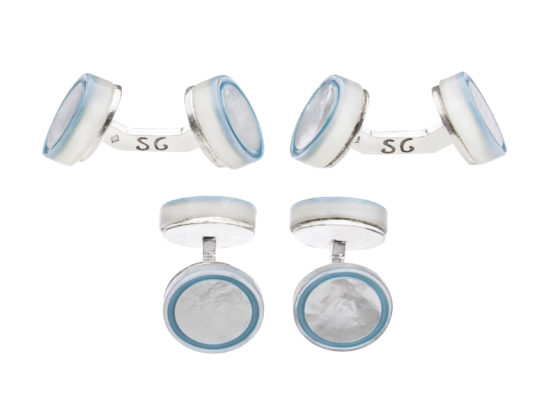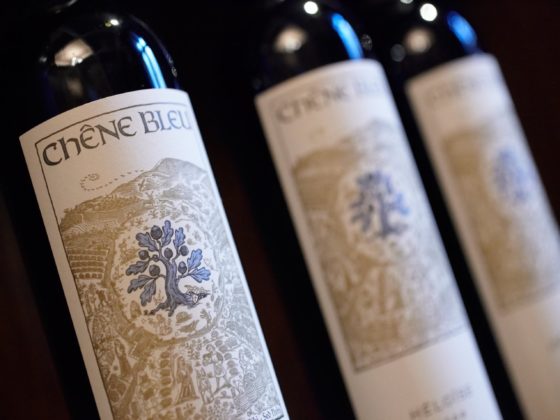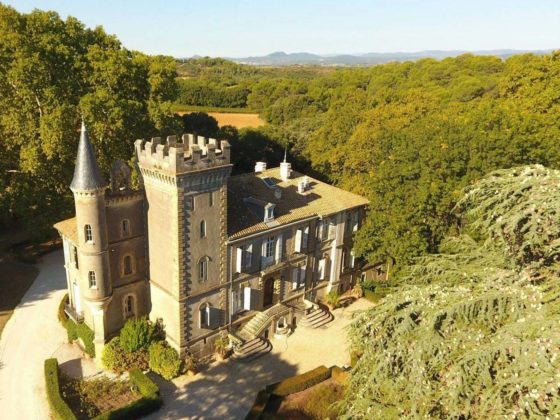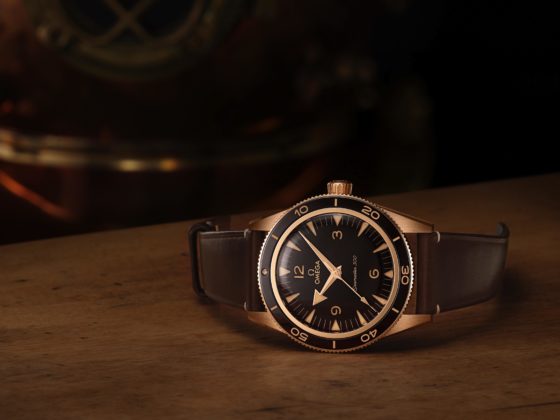Heritage watchmaking has never been so trendy. Return of the vintage, forgotten heroes, auctions of collector’s items: everything contributes to the great return of the beautiful history of swiss watchmaking. Discovery of a burning issue for the big factories.
Olivier Müller
No one else buys a watch to tell the time. From the computer to the smartphone by the tablet, the radio or his car, the time is everywhere. Today, the purchase of a watch is based exclusively on what it represents: a chronograph as a sign of his sportiness, a Rolex as a testimony (supposedly) of his success, a Patek Philippe or a Breguet to mark his adherence to the traditional Haute Horlogerie, an Apple Watch to highlight its character 2.0, a LIP or a Dodane to anchor itself in French watchmaking, a whirlpool to display its technicality, etc.
All these pieces have in common that they offer a particular emotion that has been built on one thing: their history. The big factories Swiss are often centuries old. What differentiates them is not their creativity (round watches with three hands for the most part!) but their heritage, their legacy.
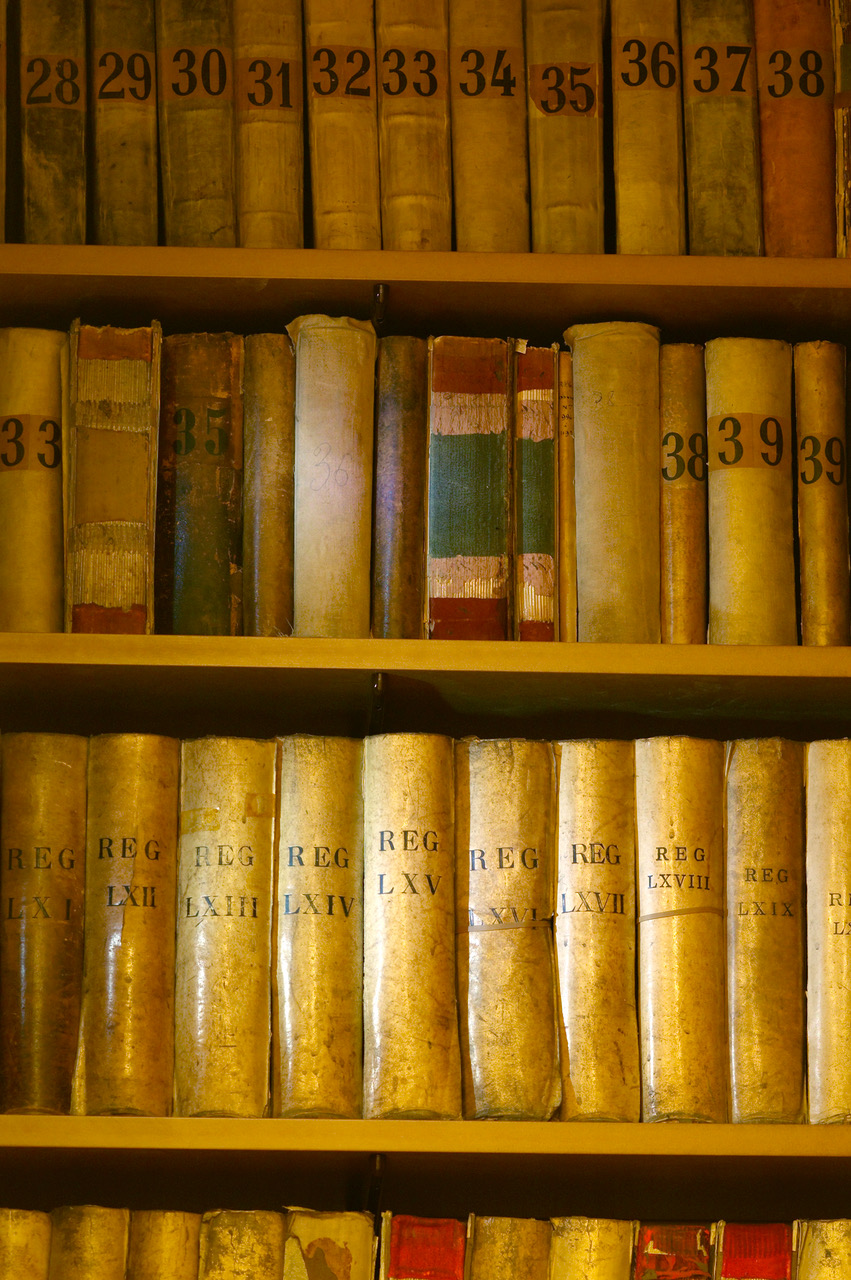
Today, a brand’s heritage is its most fundamental foundation. The industry the watchmaking industry has understood this, with a large number of vintage reissues that bear witness to the of its heritage and archives. Moreover, the famous “Dictionary historique de la langue française ” by Alain Rey (2383 pages of erudition) sets the record straight: contrary to what one might think, the “archives” do not come from the Greek ” archeos” , which means “ancient”, but from ” arkheion” : the ” residence of the high magistrates of the city” . In short, the archives are not the old documents that we think of at first sight but the important documents of the city. That’s the debate: archives are what’s important!
Today, most of the factories have a dedicated department. It will be called sometimes Heritage, Image or Brand Heritage. It is often attached to the Marketing. The organizational will is unequivocal: the heritage of the brand is essentially at the service of “storytelling built for each new product. In these times when vintage is all the rage, it is obviously a huge advantage to be able to anchor a reprint in its original bed, with a lot of period advertisements, extracts from archives, catalogs and advertisements.
Some cases the Swiss watchmaking valleys, like Heuer. The Management Heritage has been concretized by Jean-Claude Biver (CEO in 2017) to build the story around the brand’s recent launches – Carrera and Autavia in head.
” Before, the heritage was managed by the SAV, explains Catherine Eberlé-Devaux, who has held the position for three years. ” Today, we have referenced and indexed more than 10’000 documents and prizes that allow us to reconstruct our history than to know the value of our component stock historical data. The most important thing is to avoid that our employees arbitrate themselves, internally, what is important and what is not. By For example, not long ago, the legal department took down a box of which it had no more use for it. I found our original contracts of engagement from of the very first Calibre 11, the historic movement of our company. Monaco! ».
The volume of pieces preserved in the heritage is certainly only a figure but testifies despite all about the patrimonial will of a brand. Some of them speak for themselves. ” The Cartier collection was created in 1983 and now includes more than 2,000 pieces,” says Pierre Rainero, Director of style, image and heritage of the company. His department is probably one of the most imposing at the moment: about forty of employees.
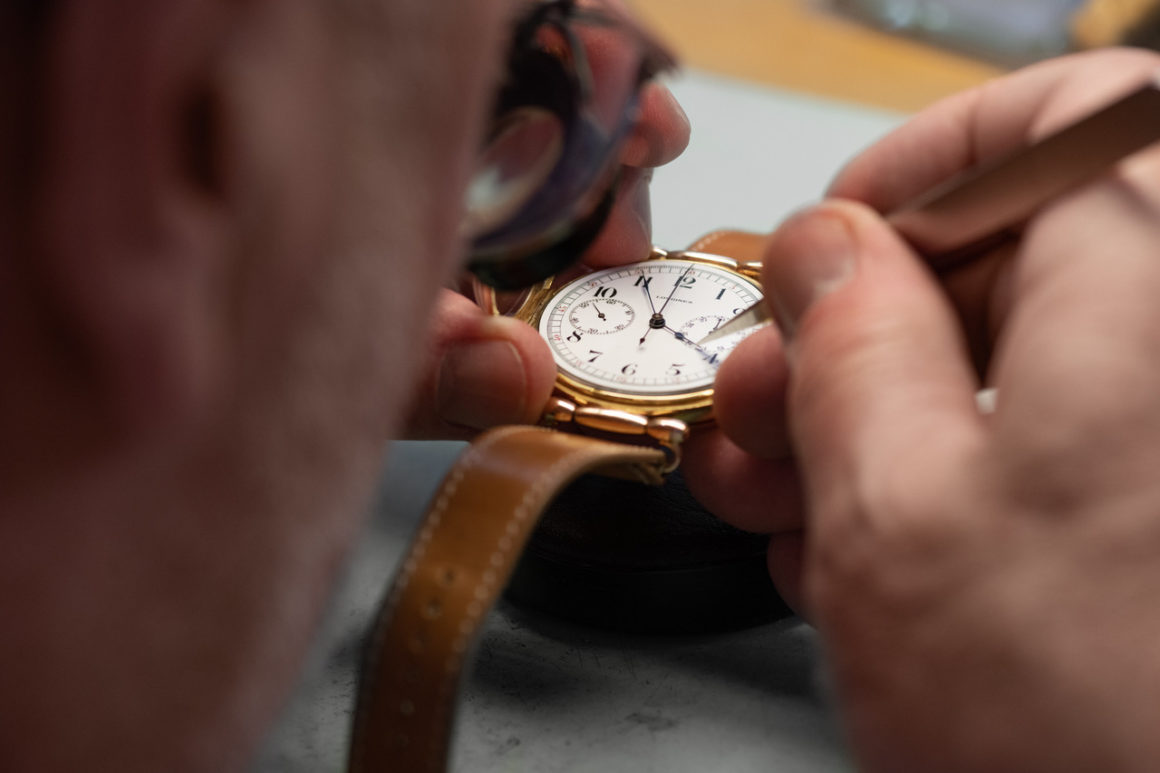
Van Cleef & Arpels has reached astronomical figures for both watches and jewelry: 1400 linear meters of archives, 100’000 drawings, 250’000 gouaches, 100’000 ektas, 50’000 photos. Finally, we should not forget the Seiko’s Japanese precision: ” our museum has a total of 13,794 watches, 497 of which are on display, and 1836 clocks, 235 of which are on display,” the brand explains with a rare precision.
At Breguet, the presence of Emmanuel Breguet on the Management Committee is a considerable asset for the manufacture. ” I wrote the first official history of my grandfather over 25 years ago, in 1993. It there has never been a break in the indexing of parts, movements and dials of each of our watches. It is a very homogeneous corpus “, explains Emmanuel Breguet.
Longines is still the benchmark. The brand has been operating since 1867, without the slightest and produced nearly 51 million watches: they are all, individually, listed, annotated, commented! Until 1969 (122 years of production), everything was recorded by hand in large paper registers covered with leather, with a unit weight of 17 kilos per volume.
Since 1969, computer science has taken over. Longines takes note of everything: box number movement, characteristics, recipient, place of sale, etc. It is a source endless inspiration for the current vintage reissues. It is also a heritage that Longines watchmakers are very much in demand for when it comes to restoring of the old pieces. More prosaically, when some collectors question Longines about one of its pieces, it is also a way to know if it is not…a counterfeit!


